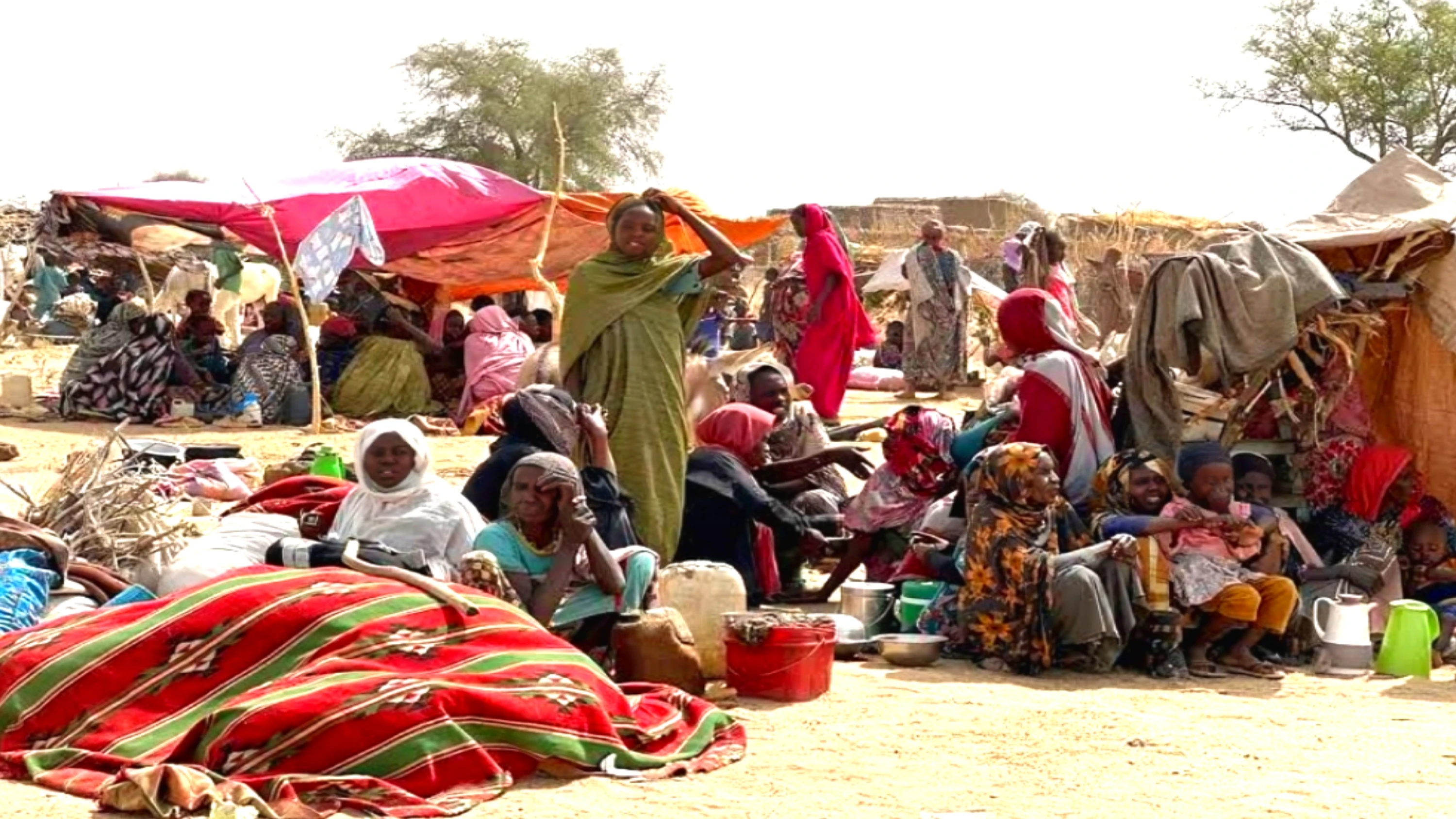Kabul: The International Organization for Migration (IOM) has announced that it has assisted over one million Afghan returnees since a dramatic increase in repatriation movements began in September 2023. The announcement comes at a critical time as the Government of Pakistan has initiated the second phase of its "Illegal Foreigners Repatriation Plan" (IFRP), which is expected to affect an estimated 1.6 million undocumented Afghan migrants and Afghan Citizen Card (ACC) holders during 2025.
According to report, more than 2.43 million undocumented Afghan migrants have returned from Pakistan and Iran since September 2023. Of these, the IOM noted that 54% were forcibly deported. The organization has provided humanitarian assistance to 1,003,563 individuals upon their return.
Mehong Park, Chief of Mission for IOM Afghanistan, stated: “Reaching the one million mark reflects not only the capacity of IOM and our partner agencies but also our ongoing commitment to assist returning Afghans, many of whom are returning to a country where they have very little or nothing.”
With a fresh wave of large-scale returns from Pakistan underway, needs at border crossings and in returnee communities are growing rapidly, as local areas struggle to absorb the influx.
Meanwhile, the IOM and its partners have urged all countries to immediately halt forced returns of Afghans until conditions are established that allow for safe, dignified, and voluntary returns, regardless of an individual's legal status.
The IOM report highlights that between April 1 and 13, 2025, there was a sharp rise in forced returns, with nearly 60,000 individuals entering Afghanistan through the Torkham and Spin Boldak border crossings. The IOM provided assistance to 10,641 of them.
Return flows from Iran remained consistently high at the end of 2023 and continued into 2024, with Iranian authorities also announcing plans to intensify deportations this year.
In total, 854,033 individuals have returned to Afghanistan since September 15, 2023. Of these, 6% (48,042 individuals) have returned since January 1, 2025.
The leading cause for return was fear of arrest (cited by 93% of returnees), followed by sectarian pressure (29%) and the deportation of a family member (18%).
The majority of returnees from Pakistan came from Punjab (28%), Balochistan (24%), Sindh (21%), and Khyber Pakhtunkhwa (20%), with a smaller share from Islamabad Capital Territory (7%). The primary districts of origin for those returning were Karachi (20%), Quetta (16%), Rawalpindi (14%), and Peshawar (12%).
Upon return to Afghanistan, most individuals headed toward border provinces including Kabul (20%), Kandahar (18%), and Nangarhar (17%).








